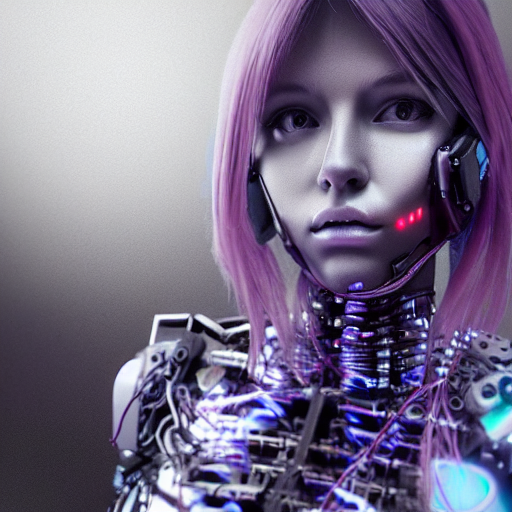Automated reasoning is the process of using computer programs to generate logical conclusions and solve problems. This field of artificial intelligence (AI) has grown significantly in recent years, with many applications in a variety of fields such as computer science, engineering, mathematics, and philosophy.
At its core, automated reasoning involves the use of algorithms and logical rules to derive new information from existing knowledge. This can be done through a variety of techniques, including deductive reasoning, inductive reasoning, and abductive reasoning.
Deductive reasoning is the process of drawing logical conclusions from a set of premises. This can be done through the use of logical rules and algorithms, which allow the computer to systematically analyze the information and generate new conclusions. Inductive reasoning, on the other hand, involves using observations and examples to generate generalizations and hypotheses. Abductive reasoning involves generating hypotheses to explain observed phenomena.
Automated reasoning has many practical applications, including in fields such as automated theorem proving, software engineering, and decision support systems. For example, automated theorem proving is used to verify the correctness of software and hardware designs. It can also be used to generate new mathematical proofs and solve complex mathematical problems.
In software engineering, automated reasoning is used to verify software correctness and to ensure that software meets certain specifications. This is done through the use of formal methods, which involve the use of mathematical logic to specify and verify software behavior. Automated reasoning can also be used in decision support systems, where it can be used to help decision-makers analyze complex data and make more informed decisions.
Despite its many benefits, automated reasoning is not without its limitations. One major challenge is the problem of scalability, as many automated reasoning algorithms become increasingly slow and impractical as the size of the problem increases. Additionally, automated reasoning is heavily dependent on the quality of the input data, which can be difficult to ensure in some cases.
In conclusion, automated reasoning is an exciting field of AI that has many practical applications in a variety of fields. It has the potential to revolutionize the way we approach problem-solving and decision-making, and it is likely to play an increasingly important role in the coming years. However, it is important to be aware of its limitations and to continue to develop new and more effective techniques for automated reasoning.


Leave a Reply
You must be logged in to post a comment.